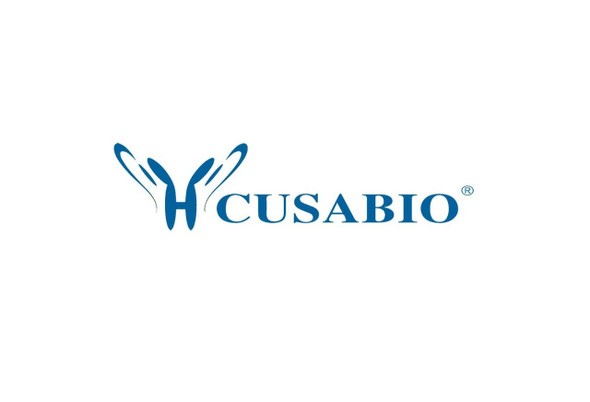Cusabio Polyclonal Antibodies
ATG14 Antibody, FITC conjugated | CSB-PA741052LC01HU
- SKU:
- CSB-PA741052LC01HU
- Availability:
- 3 to 7 Working Days
Description
ATG14 Antibody, FITC conjugated | CSB-PA741052LC01HU | Cusabio
ATG14 Antibody, FITC conjugated is Available at Gentaur Genprice with the fastest delivery.
Online Order Payment is possible or send quotation to info@gentaur.com.
Product Type: Polyclonal Antibody
Target Names: ATG14
Aliases: Beclin 1-associated autophagy-related key regulator (Barkor) (Autophagy-related protein 14-like protein) (Atg14L), ATG14, ATG14L KIAA0831
Background: Required for both basal and inducible autophagy. Determines the localization of the autophagy-specific PI3-kinase complex PI3KC3-C1 (PubMed:18843052, PubMed:19050071) . Plays a role in autophagosome formation and MAP1LC3/LC3 conjugation to phosphatidylethanolamine (PubMed:19270696, PubMed:20713597) . Promotes BECN1 translocation from the trans-Golgi network to autophagosomes (PubMed:20713597) . Enhances PIK3C3 activity in a BECN1-dependent manner. Essential for the autophagy-dependent phosphorylation of BECN1 (PubMed:23878393) . Stimulates the phosphorylation of BECN1, but suppresses the phosphorylation PIK3C3 by AMPK (PubMed:23878393) . Binds to STX17-SNAP29 binary t-SNARE complex on autophagosomes and primes it for VAMP8 interaction to promote autophagosome-endolysosome fusion (PubMed:25686604) . Modulates the hepatic lipid metabolism (By similarity) .
Isotype: IgG
Conjugate: FITC
Clonality: Polyclonal
Uniport ID: Q6ZNE5
Host Species: Rabbit
Species Reactivity: Human
Immunogen: Recombinant Human Beclin 1-associated autophagy-related key regulator protein (1-492AA)
Immunogen Species: Human
Applications: ELISA
Tested Applications: ELISA
Purification Method: >95%, Protein G purified
Dilution Ratio1:
Dilution Ratio2:
Dilution Ratio3:
Dilution Ratio4:
Dilution Ratio5:
Dilution Ratio6:
Buffer: Preservative: 0.03% Proclin 300
Constituents: 50% Glycerol, 0.01M PBS, pH 7.4
Form: Liquid
Storage: Upon receipt, store at -20°C or -80°C. Avoid repeated freeze.
Initial Research Areas: Signal Transduction
Research Areas: Signal transduction






